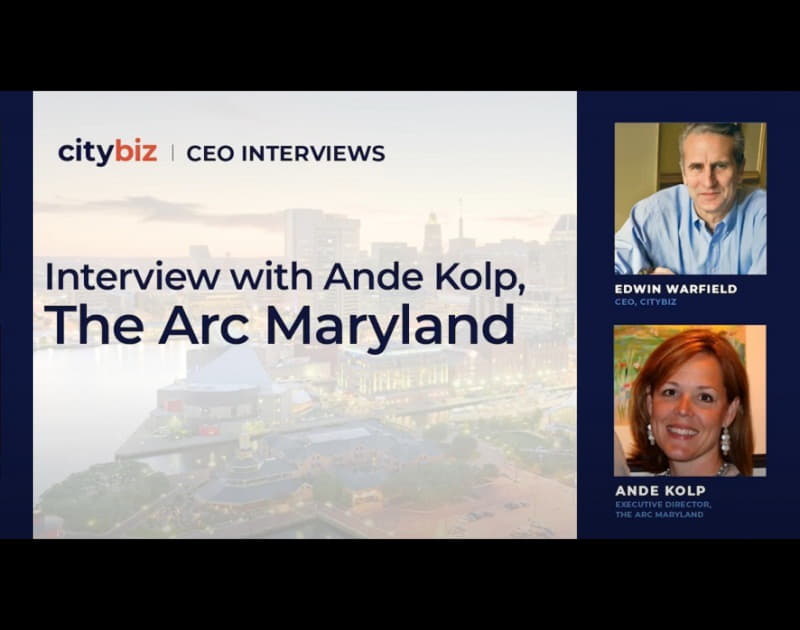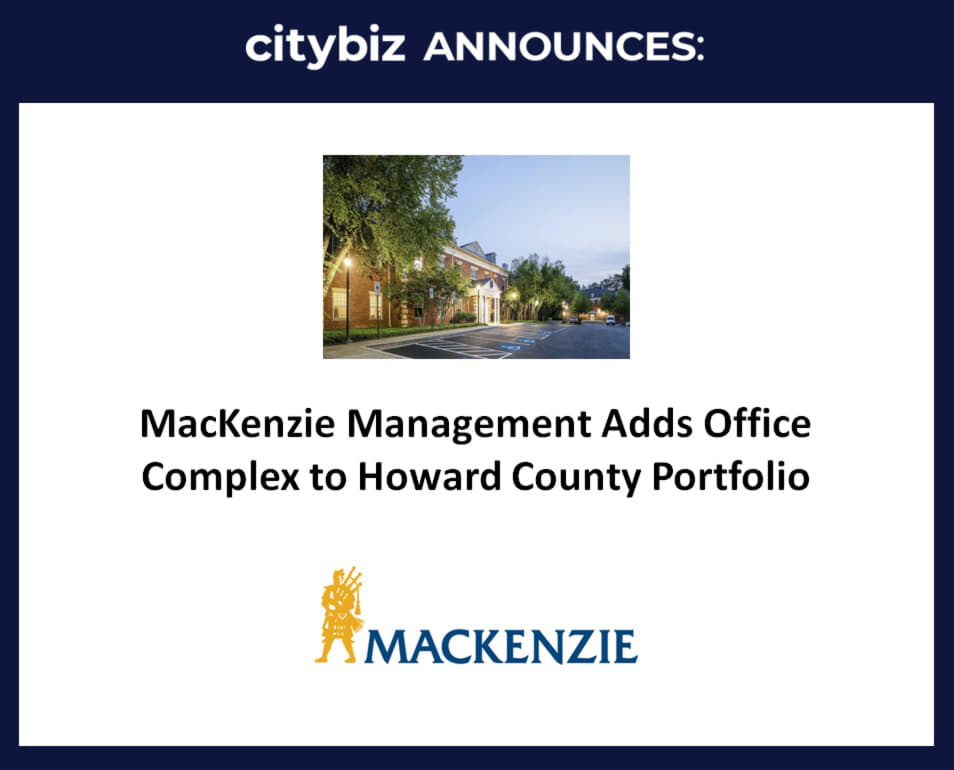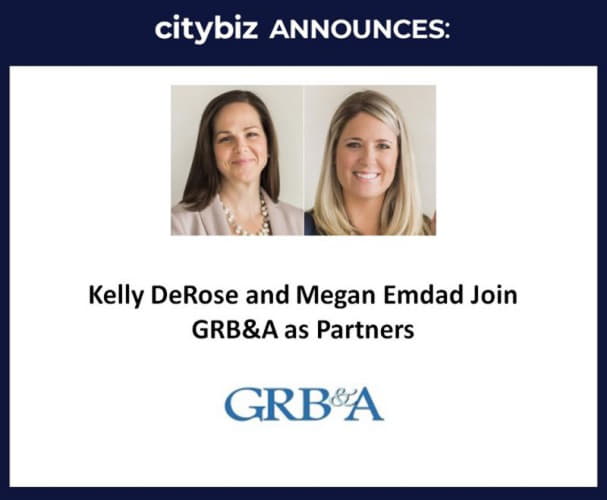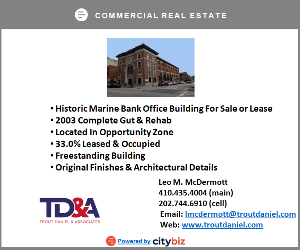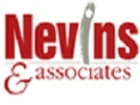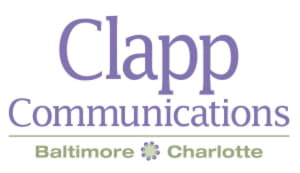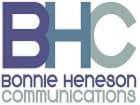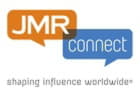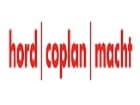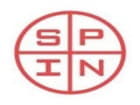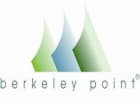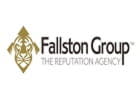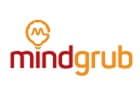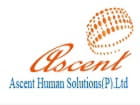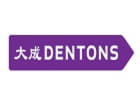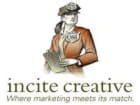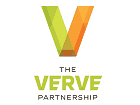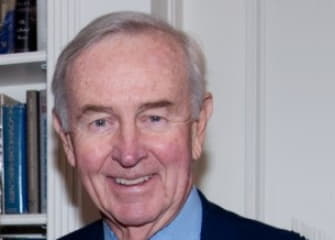
Joseph R. Hardiman
Click here for Part I, Part II & Part III
Joe Hardiman's quiet, powerful and positive influence in Baltimore is unknown to most Baltimoreans. The impact of his contributions are understood among the informal leaders in town. He was instrumental in the growth of Alex. Brown & Sons, where he served as Administrative Partner. He was effectively the chief operating officer of the firm during the period of its transition from a regional to a national investment banking firm.
He served with distinction on the Board of Visitors and Trustees of several of the University of Maryland Schools and Foundations. An alumnus of both the College and the Law institution, Hardiman served the school throughout his career.

Hardiman was a close confidant of Sally Michel, herself a close confidant of first Mayor and then Governor William Donald Schaefer. As a result, Hardiman had an insider's knowledge indirect influence on many of the progressive initiatives undertaken by the Mayor and then the Governor.
As an example, Hardiman was a founder of the Baltimore Chesapeake Outward Bound School. This was the first Outward Bound School created to serve inner city youth. Now in its fourth decade, the school has taught over 80,000 students. This year alone, the school expects to serve just under 6,000 students. It is an important tool for the Baltimore City Police Department's outreach to citizens. Police officers join Baltimore City School students on the school's rope courses and climbing walls. It is confidence-building, fun and trust-building.
Hardiman served the nation as well. He was the chief executive officer of the National Association of Securities Dealers, the nation's self-regulatory body for the financial markets. As head of NASD, he operated the NASDAQ Stock Market, a fundamental driver of the nation's economy. The NASDAQ is the envy of the world for job creation and Hardiman lead it for a decade.
This interview is designed to tell the citizens of Baltimore more about a mover and shaker who has influenced the city and the nation effectively for most of his adult life.
ALFRED BERKELEY: One of the interesting things to me about the role of the NASD in self-regulation is that it takes a long time to pass a law. It takes a little bit less time to pass a regulation. But a self-regulatory organization can move more quickly than the regulatory cycle and can make changes that the market needs through the consensus of the participants, rather than waiting for a regulation or waiting for a law. I think there’s a speed issue here that’s very valuable to be able to change the game as the game changes around you.
JOE HARDIMAN: A valid observation to a point, and the point is that every rule and regulation that the NASD, which is now called FINRA, has to be approved. Every rule or regulation they adopt has to be approved by the Securities and Exchange Commission. And, that was part of our frustration. We could act quickly.
And, if we had a supportive commission, which we did in my early years there, then we could get things done quickly like making the changes in 1987 that needed to be changed in order to enhance quality of the market. If you had a commission that was not quite as supportive, they could sit on those proposed rules and regulations for years. That happened on several occasions, much to the detriment of the market. I’m talking about having, for instance, an audit trail. We proposed building an audit trail for all securities transactions in the NASDAQ market in 1994. The SEC didn’t act on it until after 2000—They sat on that for a number of years. Well, having an audit trail of every transaction that takes place enhances your regulatory capability, and so you can quickly see what was unfolding in the marketplace.
NASDAQ became a brand—a known household word—while you were there. What happened?
Following the events of 1987, when the markets crashed and significant enhancements were made to the Nasdaq Stock Market—the internal staff of the NASD started looking at it and said, “Okay, we’ve got what we think is a good product and a product that people should feel comfortable using, and we’re looking at it as a business now, for the first time.”
As opposed to a service.
As opposed to a service—as opposed to a public service. It’s a real business and, we said, “Okay, if it’s a business, first of all, let’s separate it from the NASD and run it as a business. Secondly, let’s see what we can do about making people first of all, aware and then comfortable with the NASDAQ stock market.” We spun out NASDAQ into its own legal entity, a taxable entity. Before that, it had been a non-taxable subsidiary of the NASD, which was also a tax-exempt entity. We said, “All right, tax-paying entity, business, money-making—now we’ve got it. We’ve got a good product. We’ve got to tell the world about it.”
For the first time, I think, in the history of markets, we hired a marketing guy, and he was a brilliant marketing guy as it turned out. His name was Brian Holland, and he had come out of the advertising industry. He said, “The first thing we’ve got to do is go out and find out what people think of us.” We spent a year working with some survey firms and some advertising firms conducting surveys of various types on what people thought of the NASDAQ stock market. What we learned on the whole was a lot of them didn’t even know what the NASDAQ stock market was. We said, “Okay, we’ve got to start an advertising program that’s going to brand the NASDAQ stock market.” They did an initial survey of a group of about 1,000 managers, executives, and professionals, and the question that was asked of them was “name a stock market.” First one—87% of them named the New York Stock Exchange, 37% of them named the American Stock Exchange, and only 20% at that time—this was 1991—only 20% named the NASDAQ stock market. We said, “Wow, these are managers, executives, and professionals. These aren’t small investors out here.”
Following the results of that survey, we gave Brian the first marketing budget that NASDAQ had ever had, and he hired an advertising firm, and we created an advertising program, which we then showed to our member firms. These were the securities firms from all over the country, and they said, “We don’t want you running an advertising program because that’s going to hurt the New York Stock Exchange, and so we’re not going to provide the funding for you.” We said, “Okay.” By that time, NASDAQ had been very well accepted by the leading companies in the technology world.
The Intels, the Ciscos, the Microsofts.
The Ciscos, the Microsofts, the Apples, the Suns, the MCIs—all of which were leading NASDAQ companies. We went to them, and we said, “We’ve got this program that we want to brand the NASDAQ stock market. You guys believe in what we’re doing. You’re listed in our marketplace. If we increased your listing fees, not dramatically but sufficient to fund this advertising program, and featured your companies in that ad, would you provide the financial support to do that?” To a company, they said yes. They said, “We believe in what you’re doing. We believe in screen-based markets. We believe in how the NASDAQ stock market is growing. It’s the future of stock markets, and we will provide that funding.” With their funding and their full support, we started running one- to two-minute ads—basically most of them were one-minute ads, 30 seconds—focusing on companies: Apple, Microsoft, MCI, Intel—a 30-second blurb on what they do. And where do you find companies like these? The NASDAQ stock market: the market for the next 100 years. We ran it ourselves as the market of the future with support of the companies that were beginning to drive America’s economy: technology companies.
And after we ran that program for a year, we resurveyed the same managers, executives, and professionals. Results were startling. Now, 87% still say New York Stock Exchange when you ask them the name of one. Secondly, 81%, up from 20%, named the NASDAQ stock market, and the American Stock Market was down in the lower 20s by that stage of the game. Through the power of advertising and branding, we were able to create NASDAQ as a nationally—or indeed, internationally—known name in the business of stock exchanges.
It’s actually one of the most interesting marketing case studies that I know of. It’s profound, actually, because you created trust.
With awareness comes acceptance. With acceptance comes trust. And that’s exactly what happened with the NASDAQ stock market. As a result, not only did our leading companies stay with us instead of migrating to the New York Stock Exchange, which has been the history of industrial America, but we were able to attract the young healthcare companies, the young technology companies, and what we called the gazelles that were driving increasingly in the ‘90s and the 2000s the American economy—rather than the elephants, which were the behemoths that were listed on the New York Stock Exchange, and which were slumbering a bit.
It’s a great story. Thank you so much.
Well, Brian Holland deserves a lot of the credit. But, then, so does a guy named Al Berkeley who came along in 1995, and I hired him out of Alex Brown because I knew of his abilities, I knew of his knowledge of the technology world, and I also knew that we had to take the technology of NASDAQ, which had been based upon the old mainframe concepts developed in the ‘60s and ‘70s into the world of servers and the new technologies—eventually cloud computing, but at that time, servers—and I knew the right guy to do that. I hired him as the President and COO of the NASDAQ stock market.
Thank you for doing that.
Thank you for coming on board.
Sponsored by:
Founded in 1993, WMS Partners is the only independent multi-family office in the Baltimore area that isn’t associated with a brokerage firm, bank or trust company. Our team of approximately 50 professionals and 14 owners spanning three generations assists in the direction of our client’s financial goals and objectives and oversees in excess of $3 billion in assets.
As our client’s advocate and central point for their financial affairs, we work pro-actively with service providers, including accountants, attorneys, consultants, insurance professionals and philanthropic advisors. We are large enough that we provide exposure to many unique ideas and strategies in the investment, estate, tax, financial advisory and risk management arena; but small enough to provide discreet, pro-active individualized guidance.


Edwin Warfield, CEO of citybizlist, conducts the CEO Interviews.
If you're interested in reaching CEOs, please contact edwin.warfield@citybuzz.co
Connect on LinkedIn


